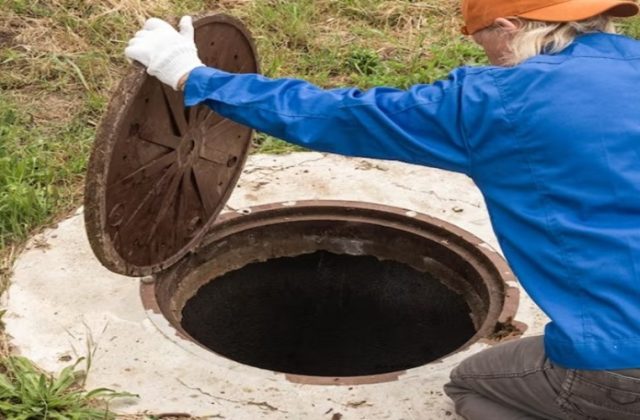How to know if you need a new septic tank

Regular checkups from the septic tank companies allow you to detect the problems early and correct them early. This article will explore six essential points to determine whether a new septic tank is time.
1. Inspection Frequency
Keeping tabs on your septic system is a proactive way to prevent significant issues. Schedule a professional inspection every three years. This expert eye can spot potential problems before they snowball into substantial concerns. A regular check-up is like a preventive medicine for your septic tank.
2. Pumping Frequency
Household septic tanks need a regular cleanse every three to five years. If your system involves mechanical components, an annual inspection is wise. Frequent pumping might signal a deeper issue. If your tank constantly demands attention, it could be whispering that it’s time to consider a new one.
3. Scum and Sludge Layers
Think of your septic tank as a layered cake. If the scum layer is too close to the bottom or the sludge layer creeps near the outlet, it’s time for a clean-up. If more than a quarter of your tank’s liquid depth is a mix of sludge and scum, pumping is in order. Persistent issues post-pumping could mean your tank is waving a red flag of failure.
4. Leaks
Keep a keen eye out for leaks or cracks when your septic tank undergoes its regular pumping session. Leaks are like warning signs, signaling potential trouble within. If you spot any, it indicates that your tank might be due for retirement. Addressing leaks promptly can save you from more extensive problems down the line.
5. Baffles
The baffles in your septic tank play a crucial role in the smooth wastewater flow. Regularly check these baffles for any signs of trouble – missing pieces, breakage, or deterioration. Damaged baffles can disrupt the harmony inside the tank, leading to inefficiencies. Addressing baffles issues early on is critical to ensuring your septic system operates at its best.
6. Maintenance Records
Good record keeping of your septic system’s history is more than just paperwork; it is like a map of its health. Keep a log of the inspections, pumpings, and repairs you have performed. This detailed account can reveal patterns or recurring issues that may hint at the need for a new septic tank. It’s like having a medical history for your home’s waste management system.
7. Sewage Backups
Your septic tank is distressed if there is sewage backup in your home. If you see this misfortune, it’s a flag-waving very vigorously. Sewage backups can damage your property and also are a severe health hazard. Swift action is paramount. Failing to heed this warning may result in a lot more severe damage and health issues. When sewage starts to come back, it is time to say goodbye to your old septic tank.
8. Slow Drains
Consider the rate at which the water drains in your house. However, if the pace is languid, it may be a warning of a problem with the functioning of your septic tank. One of the causes of slow drains is a septic tank that has gone bad. Consult an expert instead of suffering through the annoyance of the slow drainage. They can trace the origin, and if it leads to your septic tank, it clearly indicates the impending replacement.
Conclusion
Your septic tank is a very silent warrior, working round the clock to manage your sewage. Adhering to these six straightforward points lets you know when it’s time for a significant change. Consistent inspections, careful pumping, vigilance for leaks and baffles, and careful record-keeping will extend the life of your septic system.



